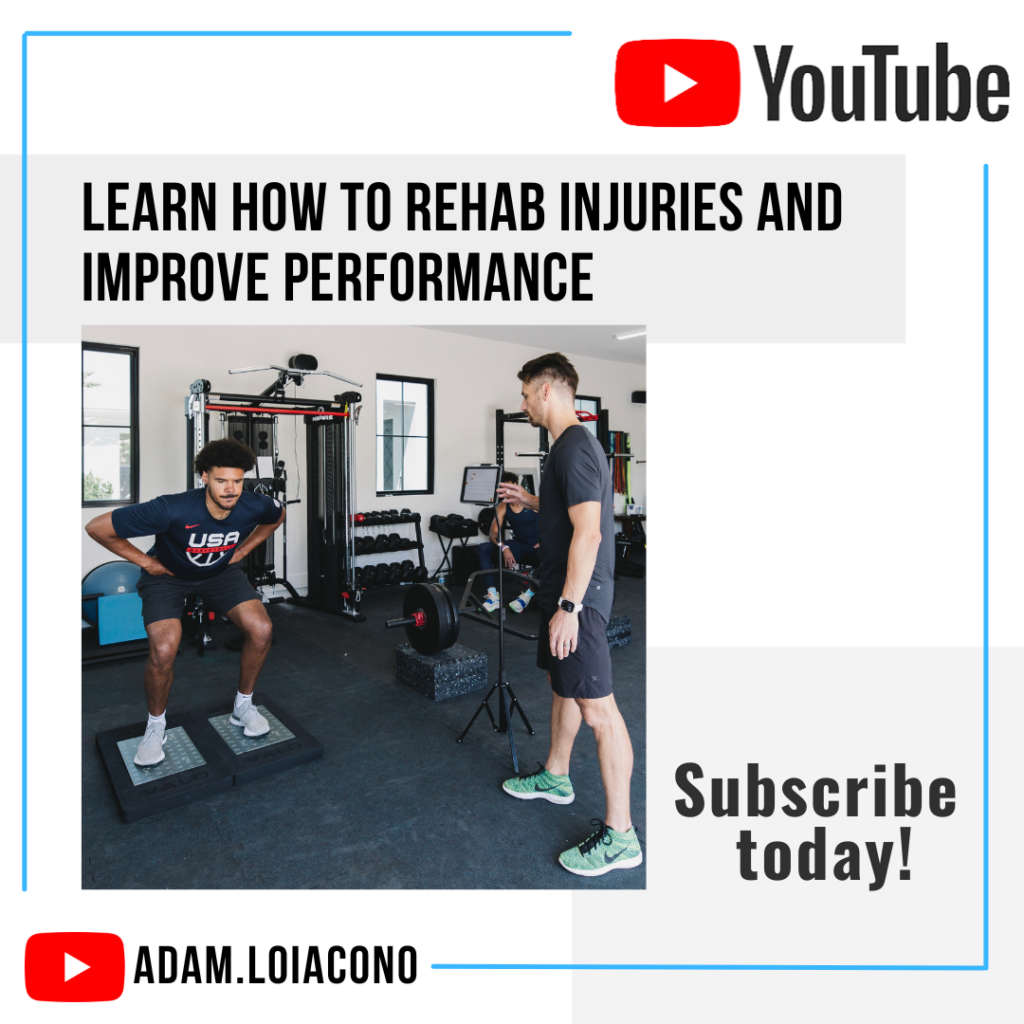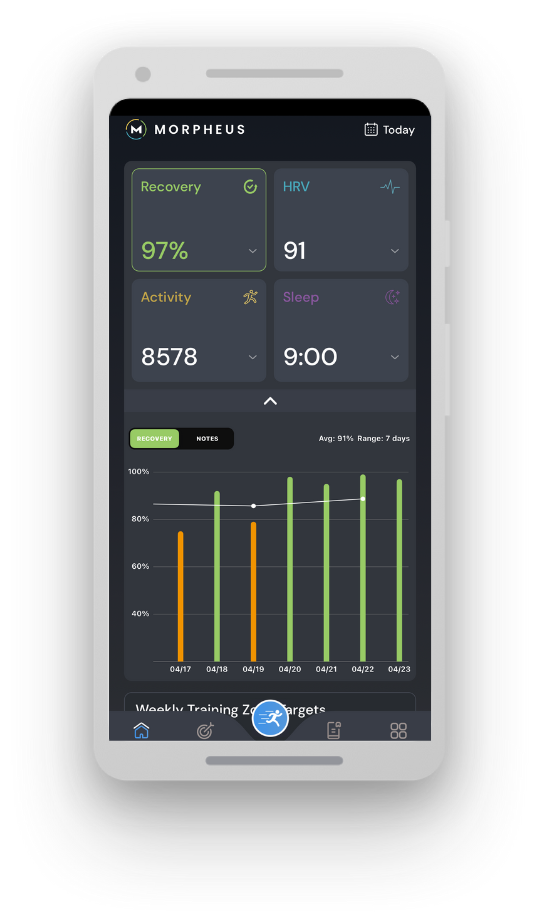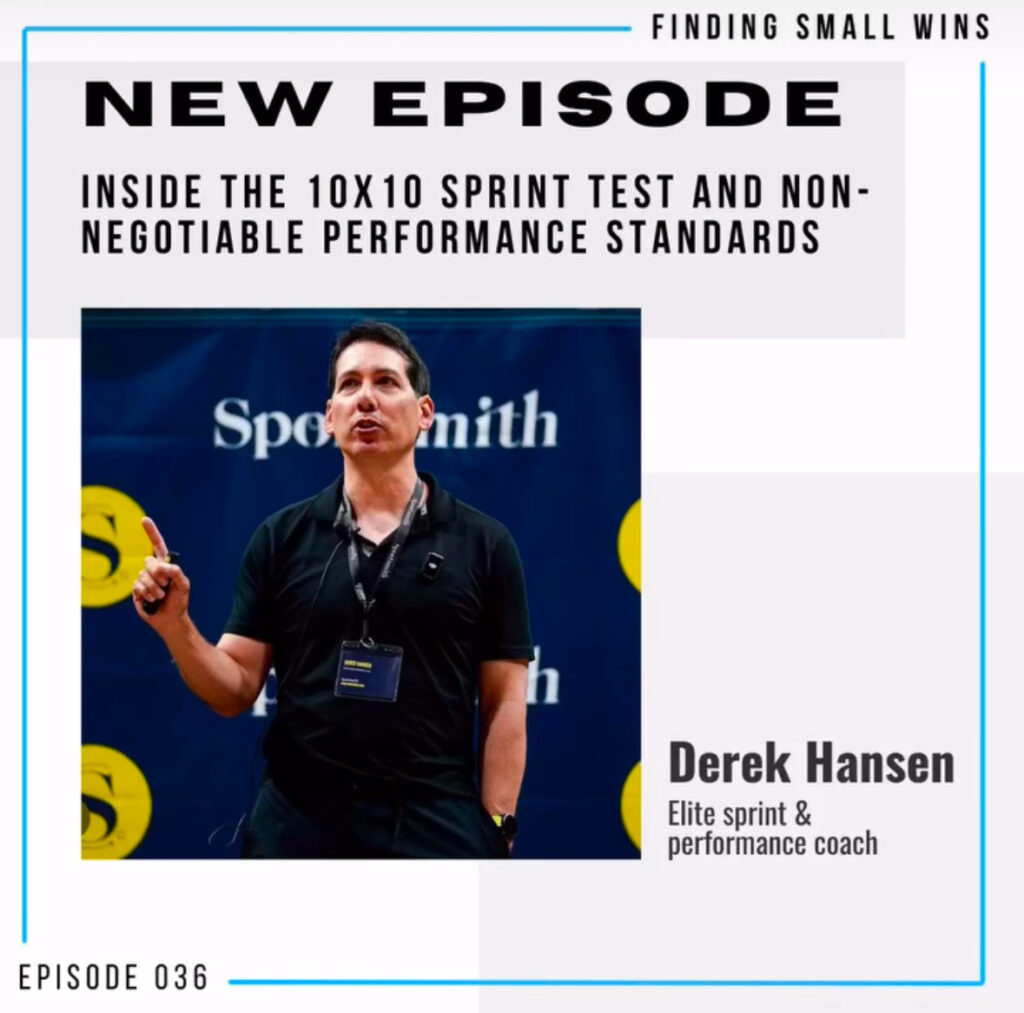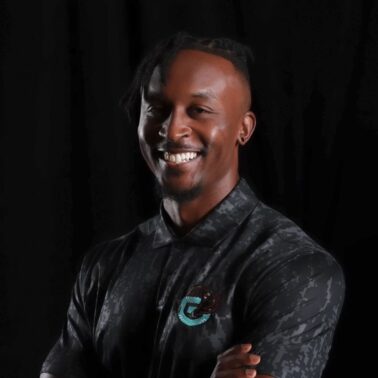Fitness is a series of traits we can specifically measure—VO2 max, strength, mobility—but conditioning is the ability to use those fitness qualities to actually perform.
Joel Jamieson
What You will learn
- Fitness vs. Conditioning: Understanding the distinction between fitness qualities (VO2 max, strength, mobility) and conditioning (applying those qualities in performance).
- HRV & Recovery: Heart rate variability (HRV) and heart rate recovery (HRR) are essential tools for monitoring training readiness and optimizing conditioning.
- Return to Play Approach: A structured, progressive approach to conditioning in rehab is crucial for effective return to sport.
- Common Conditioning Mistakes: Many coaches neglect proper progression, jumping to high-intensity work before building a strong aerobic foundation.
- Wearable Technology Considerations: Chest straps remain the most accurate tool for HRV and heart rate monitoring, while optical sensors can be unreliable.
In the latest episode of Finding Small Wins, I had the pleasure of sitting down with Joel Jamieson, a world-renowned performance coach and expert in energy system development. Joel has spent over 20 years working with athletes, from MMA fighters to team sports professionals, and has pioneered advancements in heart rate variability (HRV), recovery strategies, and conditioning. In our conversation, we broke down key principles of fitness and conditioning, the role of HRV and heart rate recovery in performance, and how we can better approach conditioning for return to play and rehab.
From Strength to Conditioning: Joel’s Journey
Joel’s entry into the world of conditioning started, like many of us, as a strength coach. Early in his career, he trained under legendary strength coach Bill Gillespie and spent time working with the University of Washington and the Seattle Seahawks. However, his perspective shifted dramatically when he opened his own gym and started training MMA athletes. He quickly realized that traditional strength and power work wasn’t enough—his fighters were gassing out, despite their weight room prowess. This eye-opening moment led him to deep dive into energy system development, forcing him to rethink how athletes build and apply fitness.
Defining Fitness vs. Conditioning
One of the most important distinctions Joel makes is between fitness and conditioning. While fitness refers to specific, measurable physical qualities (e.g., VO2 max, strength levels, or mobility), conditioning is the ability to use those qualities effectively in a performance setting. This is where many coaches get it wrong—they focus on improving fitness markers in isolation, without considering how they integrate into sport-specific movement and tactical execution.
Joel likens it to building a house. You can have all the best materials (fitness qualities), but if you don’t know how to put them together properly, you don’t have a house (conditioning). Strength and power alone won’t translate to sustained high performance if an athlete lacks the ability to efficiently use those qualities in competition.
The Role of Heart Rate Variability & Recovery in Training
A significant portion of our conversation revolved around HRV, heart rate recovery, and biometrics for conditioning. Joel has been a leader in using HRV as a tool to measure an athlete’s readiness and recovery status. HRV gives insight into the balance between the sympathetic (fight-or-flight) and parasympathetic (rest-and-recover) nervous systems, helping coaches make better training decisions.
Additionally, heart rate recovery (HRR) has been an underrated yet highly valuable metric in conditioning. The faster an athlete’s heart rate drops after exertion, the better their aerobic system is functioning. This becomes critical in sports that require repeated high-intensity bursts with short recovery times—whether that’s MMA, soccer, or basketball. Here are some practical recommendations:
- A low resting heart rate (upper 40s to low 50s bpm) is a strong marker of general fitness across many sports.
- HRV fluctuations help assess stress load and recovery readiness.
- Faster heart rate recovery (drop of 30-50 bpm within the first 60 seconds post-exercise) is a key indicator of an athlete’s aerobic efficiency and conditioning level.
- Wearables vary in accuracy—chest straps remain the gold standard for HRV and heart rate monitoring, while optical sensors (watches, rings) can be less reliable.
Return to Play: Conditioning in Rehab
One of the most valuable segments of our discussion was how conditioning fits into rehabilitation and return to play. Too often, rehab focuses purely on restoring local joint function or muscle strength, without considering an athlete’s overall energy system development. Joel emphasized a progressive framework for conditioning in rehab:
- Early Stages: Maintain general aerobic fitness with non-impact activities (e.g., biking, swimming) while respecting movement limitations.
- Middle Stages: Introduce sport-specific movement patterns and progressively load the recovering limb.
- Late Stages: Integrate high-intensity conditioning with sport-relevant movement, gradually restoring work capacity and intensity demands.
- Final Phase: Ensure the athlete’s conditioning matches their competition demands before full return to sport.
A key mistake many rehab programs make is neglecting volume progression. Coaches often introduce intensity too soon without first building an athlete’s work capacity. Just as strength programs follow structured progressions, conditioning programs must do the same—starting with lower intensities and longer durations before ramping up intensity in a controlled manner.
You wouldn’t start a beginner lifter with max effort singles and triples, but too often, conditioning starts with all-out intervals instead of building the foundation first.
Joel Jamieson
The Biggest Mistake in Conditioning
When asked about the most common mistake coaches make in conditioning, Joel pointed to a lack of structured progression. Many coaches jump straight to high-intensity intervals or anaerobic work without building a strong aerobic foundation. This leads to athletes plateauing too soon, struggling with recovery, and ultimately failing to sustain high levels of performance over time.
Joel recommends prioritizing progression in three key ways:
- Volume First: Build an athlete’s ability to handle sustained work before increasing intensity.
- Frequency Next: Increase the number of conditioning sessions before ramping up difficulty.
- Intensity Last: Introduce high-intensity efforts progressively, ensuring the athlete has a strong foundation.
Final Thoughts
This conversation with Joel was an incredible deep dive into the nuances of conditioning, energy system development, and the role of recovery in performance. Whether you’re a coach, therapist, or athlete, understanding how to structure conditioning with long-term progression in mind is crucial for sustainable performance gains.
To learn more from Joel, visit EightWeeksOut.com and TrainWithMorpheus.com, where he shares educational content and resources for optimizing conditioning and recovery.
If you enjoyed this episode, be sure to check out past Finding Small Wins episodes featuring industry leaders in performance, rehab, and sports science. And as always, keep stacking those small wins!
Listen here – Finding Small Wins Podcast:
Joel Jamieson – HRV to VO2max: The Art & Science of Conditioning
10 Key Takeaways
- Fitness vs. Conditioning – Fitness is about measurable traits (VO2 max, strength, mobility), while conditioning is the ability to apply them in performance.
- Resting Heart Rate Matters – Most high-level athletes, regardless of sport, have a resting heart rate in the upper 40s to mid-50s, showing the importance of aerobic fitness.
- Progression in Conditioning – Just like strength training, conditioning needs a structured progression—build volume first, then intensity.
- HRV as a Recovery Tool – Heart rate variability (HRV) gives insights into stress, recovery, and adaptability, helping guide training and rehab decisions.
- Heart Rate Recovery Reflects Fitness – Faster heart rate recovery after exertion signals better aerobic fitness and the ability to sustain performance.
- General vs. Specific Training – Developing broad fitness qualities is important, but they must be transferred into sport-specific movements for true performance gains.
- Wearables Vary in Accuracy – Chest straps provide the most reliable heart rate and HRV data, while wrist-based and optical sensors can be less accurate, especially in high-intensity activity.
- Longevity vs. Performance – Training for sport performance and training for long-term health require different approaches; aerobic capacity is crucial for both.
- Communication in Rehab – Strength coaches and therapists must align on exercise selection, volume, and intensity to ensure safe and effective return-to-play.
- Short-Term vs. Long-Term Thinking – Many athletes and coaches focus too much on quick gains rather than sustainable progress over months and years
episode timeline
00:00 – 03:43 – Introduction & Joel’s Background
- Joel shares his journey from a strength-focused coach to becoming an expert in energy system development.
- His early exposure to MMA training and heart rate variability (HRV).
03:44 – 06:46 – Defining Fitness vs. Conditioning
- The distinction between fitness (measurable traits like VO2 max, strength, and mobility) and conditioning (the ability to apply fitness in sport).
- Why some athletes perform well in training but struggle in competition.
06:47 – 08:46 – General vs. Specific Training
- The importance of transitioning from general fitness qualities to sport-specific adaptations.
- How Russian and Eastern European models structured training into general and specific preparation.
08:47 – 11:42 – Normative Data & Standards in Conditioning
- Are there universal fitness benchmarks for all athletes?
- The role of resting heart rate as a key indicator of aerobic fitness.
11:43 – 16:08 – Key Biometrics for Training & Recovery
- Prioritizing resting heart rate, HRV, and heart rate recovery as essential metrics.
- How fitness trackers vary in accuracy and reliability.
16:09 – 22:19 – Understanding HRV & Recovery Monitoring
- Explanation of HRV and its role in stress, recovery, and adaptability.
- Differences in HRV tracking between wearables and chest straps.
22:20 – 27:49 – Wearables & Accuracy of Fitness Data
- Chest straps vs. wrist-based wearables for heart rate and HRV accuracy.
- How optical sensors can mislead athletes, especially in high-intensity activity.
27:50 – 34:46 – Heart Rate Recovery & Practical Application
- Why heart rate recovery is an undervalued metric.
- How it reflects an athlete’s aerobic vs. anaerobic contributions during sport.
- Examples from MMA training and how it predicts endurance across rounds.
34:47 – 39:30 – Respiration & Peripheral Adaptations
- The role of gas exchange and respiration in conditioning.
- Why training movement patterns is crucial for energy system development.
39:31 – 46:03 – Conditioning in Return to Play & Rehab
- How to structure conditioning post-ACL surgery.
- The importance of gradually increasing work capacity before intensity.
- The need for communication between therapists and coaches.
46:04 – 48:58 – Common Mistakes in Conditioning Programs
- Many athletes and coaches neglect progression in conditioning.
- The importance of building a foundation first before jumping into high-intensity work.
48:59 – End – Closing Thoughts & Where to Learn More
More Episodes on Conditioning
Liked the conversation with Joel? Then check out this episode with elite sprint coach Derek Hansen to learn the 10×10 method used with Olympic sprinters.
Want to Learn More?
Subscribe today to Adam’s YouTube channel to get the latest on rehab, training, sports science, and so much more!






